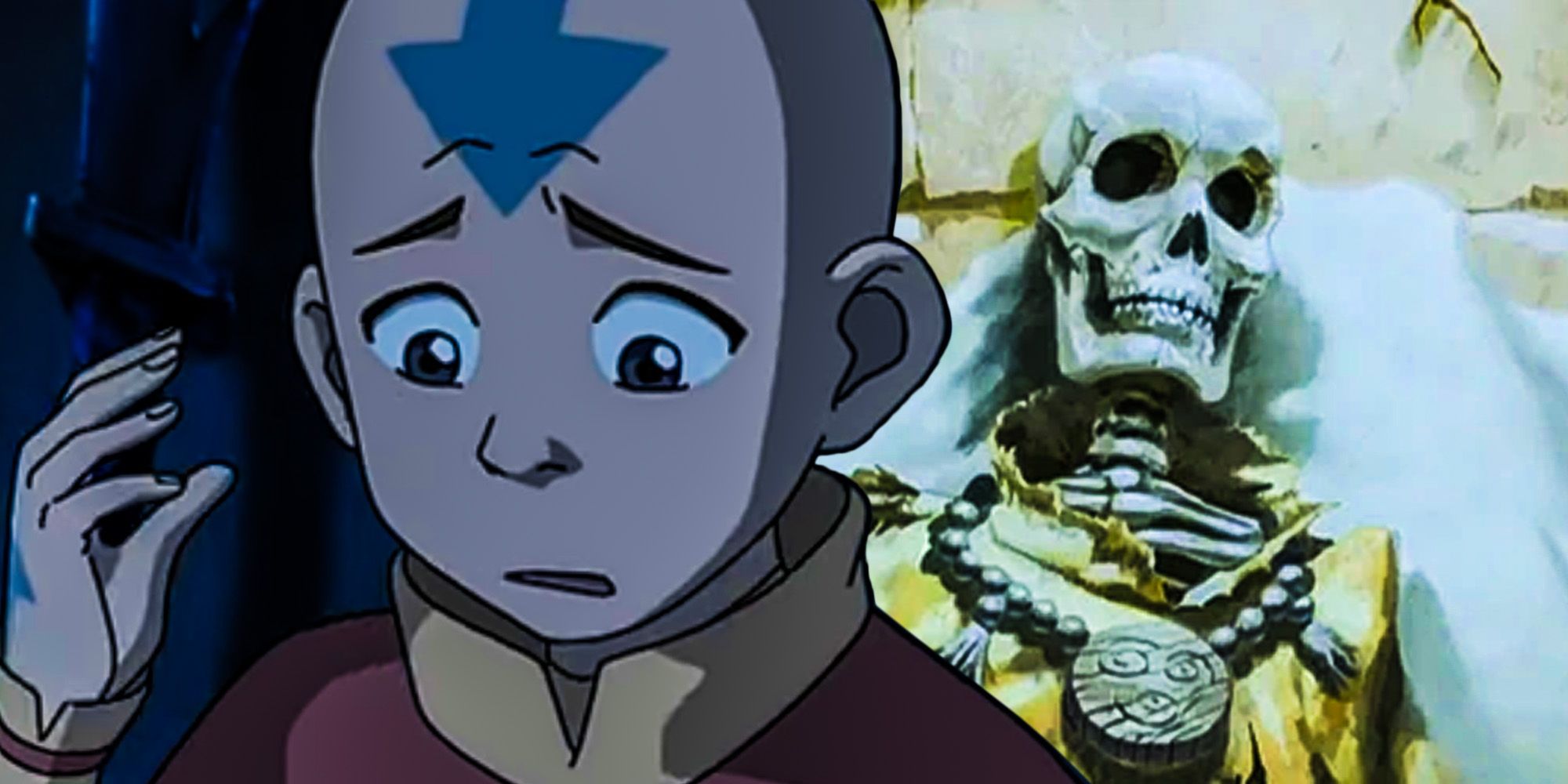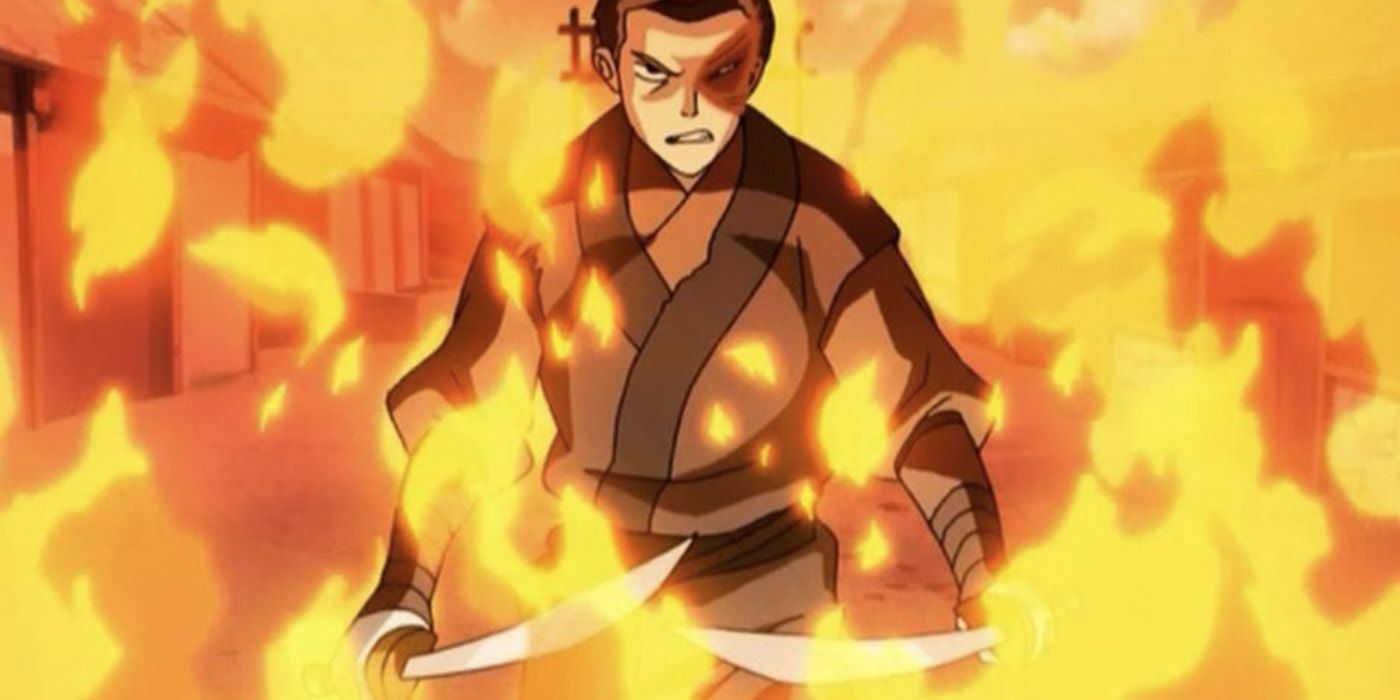Avatar: The Last Airbender never shied from dark themes, and it got away with a lot of brutal storylines for a show marketed for children. From the beginning, Avatar’s creators were committed to writing a show that dealt with the realities and complexities of a world at war, and the events of the Hundred Year War were rarely sanitized. Through a few writing choices, the show was able to explore mature themes without going far enough to prompt censorship.
Over the course of three seasons, Avatar delved deeply into the Fire Nation’s effects on the world, making topics like genocide, colonialism, and propaganda intensely real for its characters. Almost every character grappled with death on a daily basis. Aang’s people were completely wiped out, Katara and Sokka lost their mother at the hands of the Fire Nation, and Iroh lost his son in battle and felt responsible for it. Despite these events and the frank discussions of killing Fire Lord Ozai, Avatar could be surprisingly coy about death. The network did not want the show to be explicit about characters dying, leading to ambiguous deaths like Jet, nor did they want characters to say a variation of “die” or “kill” more than once per episode.
However, Avatar’s fantasy setting allowed the writers to get away with a lot. Benders did not make contact while fighting with their respective elements, and the elements used as weapons avoided blood during the action, which would have upped the rating applied to the show. Many of the show’s ambiguous deaths occurred as a result of bending, such as Combustion Man’s implosion by his own powers. The wartime events also took on a more fantastical element, which obscured the violence even while feeling like a real war. Although the deaths would still have been brutal if they occurred by firebending or airbending, as Legend of Korra showed more explicitly, it was an easier sell to the network than killing characters off via traditional means.
The writing on Avatar also leaned toward comedy to balance the show. It seldom dwelled very long on its most intense moments, lightening the story up with comic relief in equal measure. It was not supposed to feel like a dark show, so even while the characters are going into battle or processing their trauma, it frequently flips to a less intense side plot or character. Even as Avatar dealt with Zuko’s banishment and abuse by his father, it focused on the levity-filled relationship between Zuko and Iroh. As it dealt with Aang’s turmoil over killing Ozai, it focused on Sokka’s hastily-drawn battle plans. The comedy worked in their favor in two ways: it made the violence and trauma fade into the background so the emotional weight did not take over the show's tone while also marking those moments of intensity as a departure from the show’s everyday joys.
Avatar: The Last Airbender still stands out as a mature, well-written, and much-beloved show, in part because of its darkness and the way it was handled. Even as its original audience aged out of its target market, the story never stopped ringing true to adult fans who could further appreciate its depth. Avatar: The Last Airbender found ideal ways to balance its story's tone, making it enjoyable for both child and adult viewers alike.


